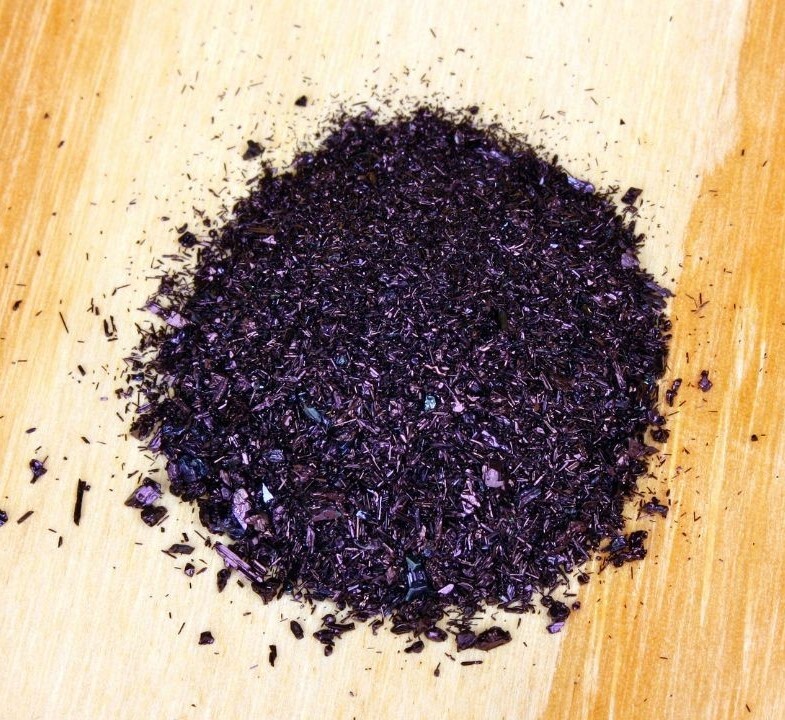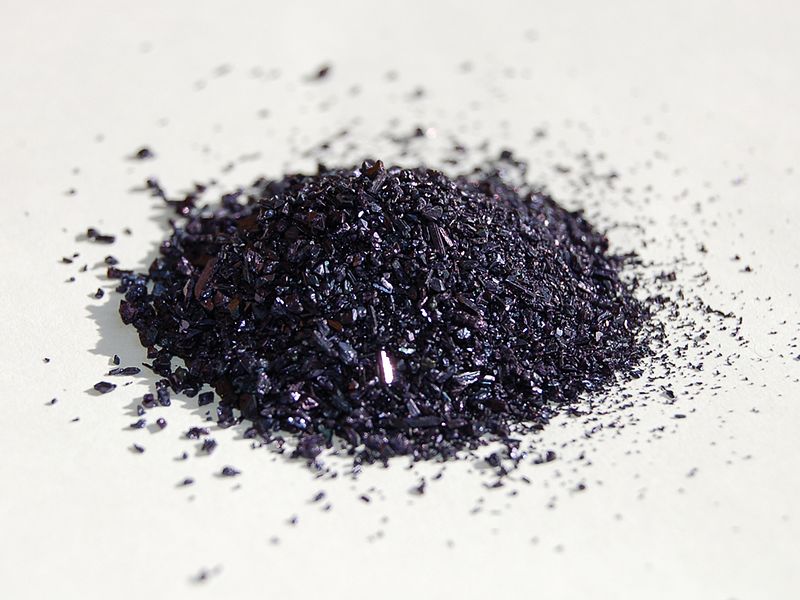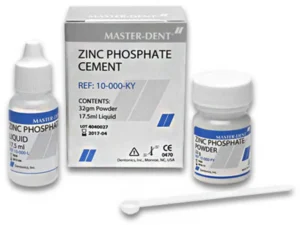Description
Potassium Permanganate: A Versatile Compound with a Rich History
Potassium permanganate (KMnO₄), also known as Condy’s crystals, is a powerful oxidizing agent with a distinctive purple color in solution. This inorganic chemical compound has a rich history of use in various applications, ranging from water treatment to medicinal purposes. While understanding its potential benefits, it’s also crucial to be aware of its powerful nature and handle it with caution.
A Brief History & Chemical Properties:
Potassium permanganate was first synthesized in 1659 by Johann Rudolf Glauber. Its strong oxidizing properties quickly led to its adoption for various applications. Chemically, it consists of potassium (K⁺) and permanganate (MnO₄⁻) ions. The manganese atom in the permanganate ion exists in its +7 oxidation state, making it eager to accept electrons from other substances, thereby oxidizing them. This is what gives potassium permanganate its power.
Diverse Applications:
The oxidizing power of potassium permanganate makes it incredibly versatile. Here are some of the most common applications:
- Water Treatment: Perhaps its most well-known application is in water purification. It oxidizes organic pollutants, bacteria, and algae, improving water quality. It can also be used to remove iron and manganese from well water.
- Disinfectant and Antiseptic: Diluted solutions of potassium permanganate have antiseptic and disinfectant properties. It can be used to treat skin conditions like eczema, fungal infections (athlete’s foot), and minor wounds. However, it’s crucial to use the correct dilution to avoid irritation or chemical burns. Always consult a medical professional before using potassium permanganate on your skin.
- Deodorizer: Its ability to oxidize organic compounds makes it effective at neutralizing smells. It can be used to remove odors from drains, garbage cans, and even some types of clothing.
- Laboratory Reagent: In chemistry laboratories, it’s a valuable reagent for various redox reactions and titrations. Its intense purple color makes it a useful indicator in titrations.
- Photography: Historically, it was used in photography as a developing agent and to remove unwanted stains.
- First Aid (in some cases): In certain situations, diluted solutions can be used to treat snake bites and insect stings to neutralize venom and reduce inflammation. However, this practice is becoming less common due to the availability of more modern and effective treatments.
- Survival Skills: Outdoors enthusiasts sometimes carry small amounts for water purification, disinfecting equipment and treating minor wounds. This is usually done under guidance, knowing accurate dilutions.
Safety Precautions:
While potassium permanganate has numerous benefits, it is a strong oxidizer and must be handled carefully:
- Dilution is Key: Always dilute potassium permanganate to the appropriate concentration for the intended use. Concentrated solutions can cause irritation, burns, and staining.
- Avoid Contact with Combustible Materials: It can react violently with flammable materials, such as alcohol, glycerol, and ether, potentially causing fires or explosions.
- Wear Protection: When handling potassium permanganate, wear gloves and eye protection to prevent skin and eye irritation.
- Proper Storage: Store it in a cool, dry place, away from combustible materials and direct sunlight.
- Medical Advice: Consult a doctor or pharmacist before using potassium permanganate for medicinal purposes, especially if you have any underlying health conditions or are taking other medications.
- Avoid Ingestion: Do not ingest Potassium Permanganate.
Conclusion:
Potassium permanganate is a powerful and versatile chemical compound with a long history of use. From water treatment to its antiseptic properties, its applications are diverse. However, its strong oxidizing nature necessitates careful handling and proper dilution to prevent adverse effects. When used responsibly and with appropriate precautions, potassium permanganate can be a valuable tool for various purposes. Always consult with a professional or expert before using it for any application, particularly in medical or safety-critical situations.











Reviews
There are no reviews yet.